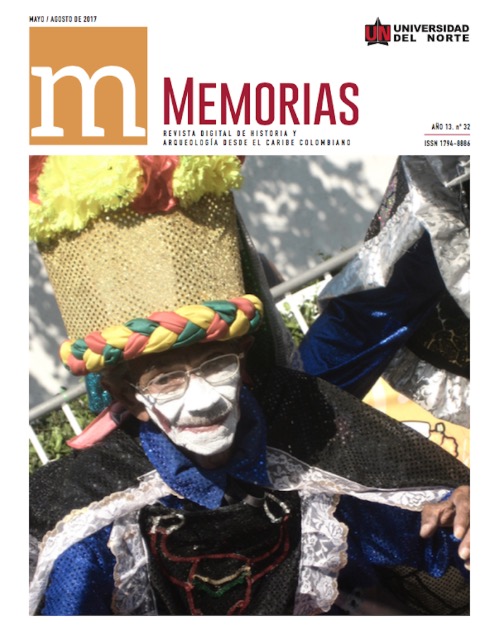Abstract
Like many Caribbean-style carnivals, the Jamaican carnival parade is dominated by women, and their representations in the media are controlled by the photographers who dictate how they are presented on social media platforms such as Facebook. Using a framework on representation and power in the media, the paper posits that photographers uphold hegemonic ideas about women's bodies when they decide who is featured in their Facebook photo albums. A content analysis examined images of the 2015 carnival parade from three Facebook albums and found that photographers preferred women who were slim, light skinned, outfitted in the skimpiest costumes, and engaged in a standing pose. These findings contradict Jamaica's national motto "Out of Many, One People" that promotes the idea of an all-inclusive society, but ignores the social stratifications that are rooted within the former plantation society. These divisions along the lines of ethnicity and class are ultimately translated to performance spaces where carnival, a cultural import, is positioned against dancehall which is Jamaica's primary cultural product.
References
Banton, B. (1992). Love me browning. Mr mention [CD]. United Kingdom: Penthouse Records. Barnes, N. (2010). Cultural conundrums: Gender, race, and the making of Caribbean cultural politics. Ann Arbor: University of Michigan. doi:10.998/mpub.143950
Berger, J. (1972). Ways of seeing: Based on the BBC television series with John S (indent) Berger. London: British Broadcasting Corporation and Penguin Books.
Boyce-Davies, C. (1998). Carnivalised Caribbean bodies: Taking space/making space. Thamyris, 5 (2), 333-346.
Brown, H. (2005). Carnival as lived meanings: Producing Trini-style carnival in Jamaica. In
C. Ho & K. Nurse (Eds.), Globalisation, diaspora and Caribbean popular culture (pp. 90-115). Kingston, Jamaica: Ian Randle.
Cooper, C. (1993). Noises in the blood: Orality, gender and the vulgar body of Jamaican popular culture. Oxford: Macmillan.
Deacon, D. (2008). Why counting counts. In M. Pickering (Ed.), Research methods for cultural studies (pp. 89-104). England: Edinburgh University Press.
Edmondson, B. (2009). Caribbean middlebrow: Leisure culture and the F class. New York: Cornell University Press.
Edmondson, B. (1999). Trinidad romance: The invention of Jamaica carnival. In B. Edmondson (Ed.), Caribbean romances: The politics of regional representation (pp. 56-75). Charlottesville: University of Virginia.
Hall, S. (1997). The work of representation. In S. Hall (Ed.), Representation: Cultural representations and signifying practices (pp. 13-75). London: Sage.
Henriques, F. (1951). Colour values in Jamaican society. The British Journal of Sociology, 2 (2), 115-121. Jamaica Information Service. (2009). Broadcasting commission moves against ‘daggering’ music on radio and TV. Retrieved from http://jis.gov.jm/broadcasting-commission-moves-against-daggering-music-on-radio-and-tv/
Mohammed, P. (2000). But most of all mi love me browning: The emergence in the 18th and 19th century Jamaica of the mulatto woman as the desired. Retrieved from http:// www.academia.edu/6285073/But_most_of_all_mi_love_me_Browning_Patricia_Mohammed
Scott, M. (1833). Tom Cringle’s log. London: George Routledge and Sons.
Seale, C. & Tonkiss, F. (2012). Content and comparative key word analysis. In C. Seale (Ed.), Researching society and culture (pp. 459-476). London: Sage.
Shaw, A. (2006). Big fat fish: The hypersexualization of the fat female body in calypso and dancehall. Anthurium: A Caribbean Studies Journal, 3 (2). Retrieved from http://scholar. library.miami.edu
Stanley-Niaah, S. (2010). Dancehall: From slave ship to ghetto. Canada: University of Ottawa Press.

This work is licensed under a Creative Commons Attribution-NonCommercial 4.0 International License.
Copyright (c) 2017 Memorias


